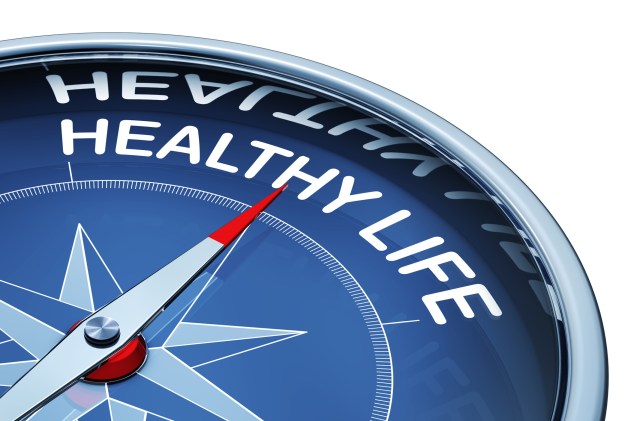
11 tips to jumpstart your weight loss.
When you think your weight loss is cruising, the scale sometimes plays hard to get. While plateaus are a natural part of any weight-loss journey, they can be frustrating, but they are also opportunities to re-evaluate, adjust and come back even stronger.
What Is a Low Carb Weight Loss Plateau?
What is a plateau? A plateau is defined as a pause in weight loss that can’t be traced back to diet or lifestyle changes, and it can happen at the later stages of your weight loss journey after you’ve lost the initial “easy” pounds.
You may be teetering on top of a weight-loss plateau for a few reasons. To be considered a genuine plateau, you may meet the following criteria:
- No weight loss or loss of inches for at least four weeks.
- You haven’t altered your exercise routine or other significant lifestyle changes.
- You’re not taking new medications (including hormone therapy) that may interfere with weight loss.
- You have been taking a weight loss medication but have stopped seeing results.
- You have been taking a weight loss medication but cannot increase your dosage to maintain the weight loss.
- You’ve discontinued a weight loss medication and are now starting to gain the weight back.
How to Break Past a Weight Loss Plateau
Here are some strategies to reignite your low carb weight loss journey:
Keep calm. Don’t give up. It’s easy to stick with a plan when you are losing weight at a steady pace. The true challenge is sticking with it when the going gets rough. Be patient.
It’s not just about the scale. Do your clothes feel looser? Do you have more energy? You may lose inches in addition to pounds, and the scale will eventually catch up. It’s also important to know that fat and muscle have different densities and vary in volume. In other words, fat takes up more space than muscle, which is why two people who weigh the same may look very different depending on how much fat and muscle they have.
Consider Intermittent Fasting. This may kickstart your metabolism and improve insulin sensitivity. Try our Beginners’ Guide to Intermittent Fasting.
Increase your physical activity. This may give your body the “push” it needs. Incorporate both strength training and cardio to maximize muscle growth and calorie burn. Get started with this 20-Minute Workout.
Watch for “carb creep”. If you stopped counting carbs and started “guesstimating” what your daily intake is or should be, pull out your food journal and get back into the habit of writing everything down so you have a realistic idea of what you eat. It might surprise you!
Take 10. Try decreasing your daily intake of Net Carbs by 10 grams. You may have exceeded your tolerance for carbs while still being able to lose weight. Once your weight loss resumes, add your carbs back in 5-gram increments.
Change it up. Have you been doing Atkins 100? Try Atkins 40. Or challenge yourself with Atkins 20. Keeping your body guessing can help jumpstart weight loss.
Fat for the win. Add more healthy fat sources to your meals (in careful amounts). This adds flavor to your meals while helping to control your hunger and cravings. Think slices of avocado in your salad or eggs, canned tuna in olive oil, steamed broccoli with a drizzle of melted butter or hollandaise sauce or a handful of olives as a satisfying snack.
Spread out your protein. It is essential for preserving and adding muscle mass and keeping your appetite in check. You should feel satisfied but not stuffed after a meal or snack. Shoot for three servings of four to six ounces a day, or you can spread this out between your meals and snacks.
Fiber is fab. Fiber aids in digestion and helps keep your appetite in check. Getting 12 to 15 grams of Net Carbs from fiber-rich vegetables daily will help you get enough fiber.
Quench your thirst. Water helps ease your hunger, aids digestion, and is good for your skin and overall wellness. Drink at least eight 8-ounce glasses of water daily or other non-caloric, unsweetened fluids.
Look at this moment in your weight-loss journey as a time when your body is readjusting to the weight you’ve already lost. Stick with it, and you will start losing again.
